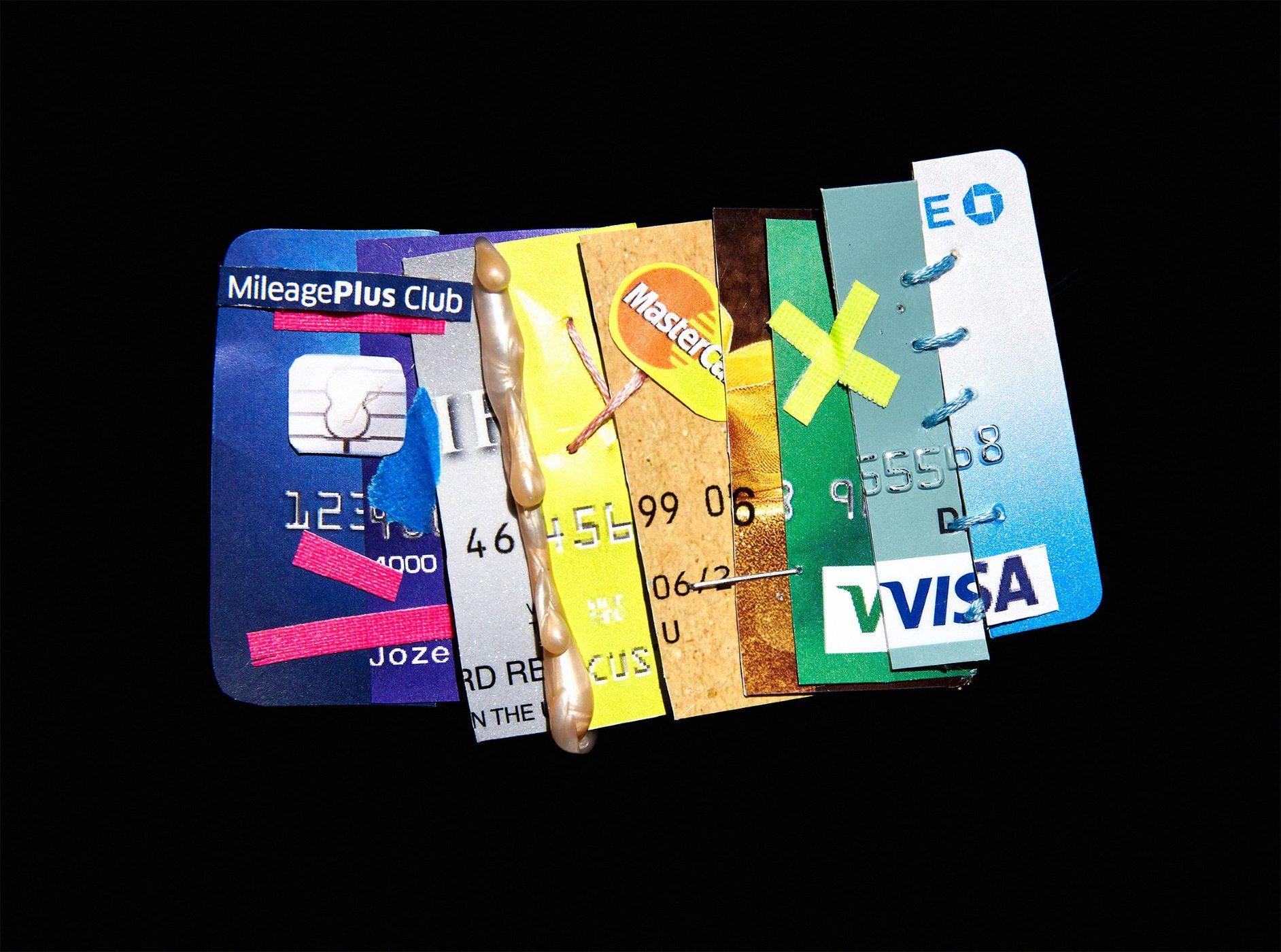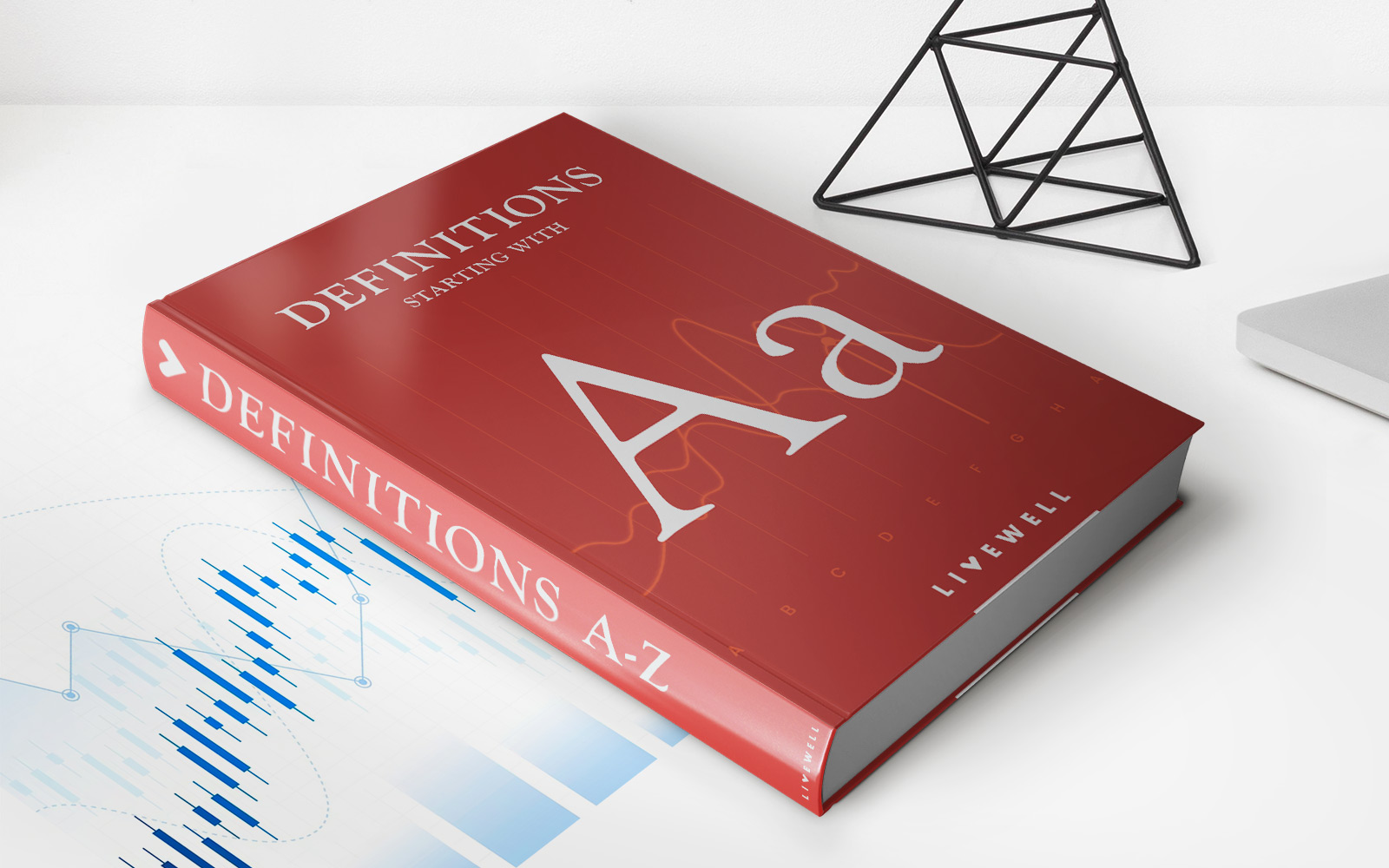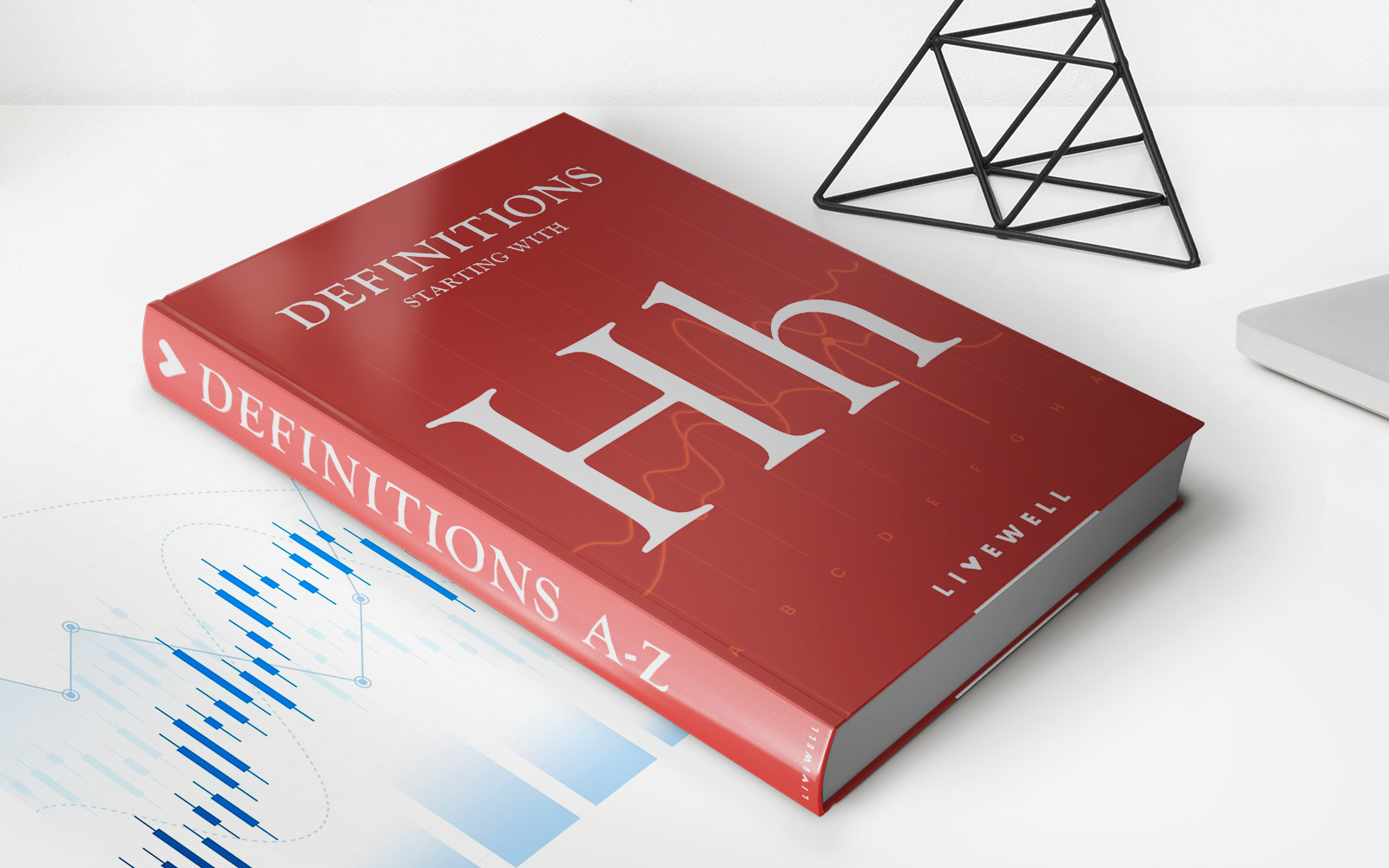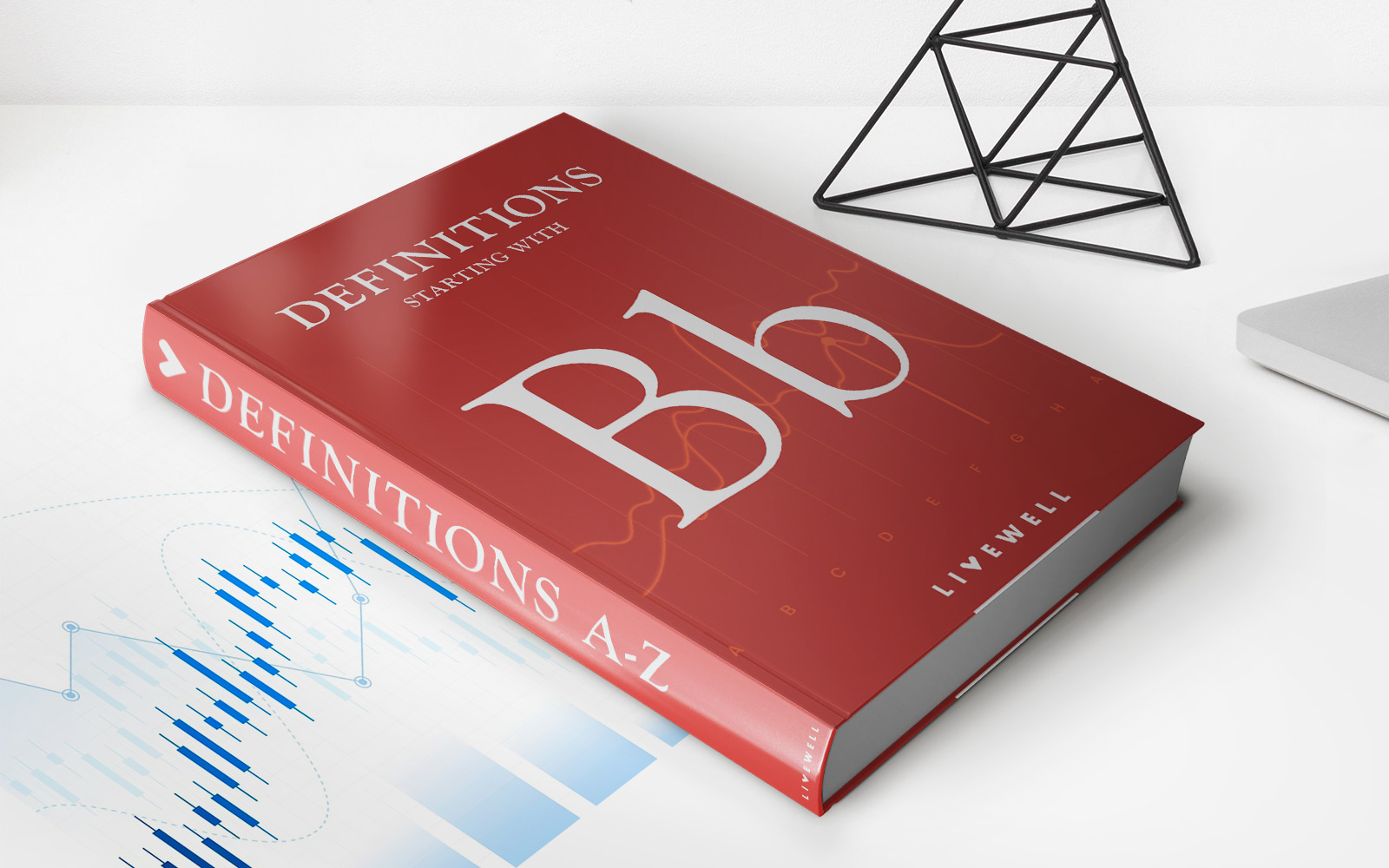Home>Finance>How Many Years Can You Carry Forward Residential Energy Credit
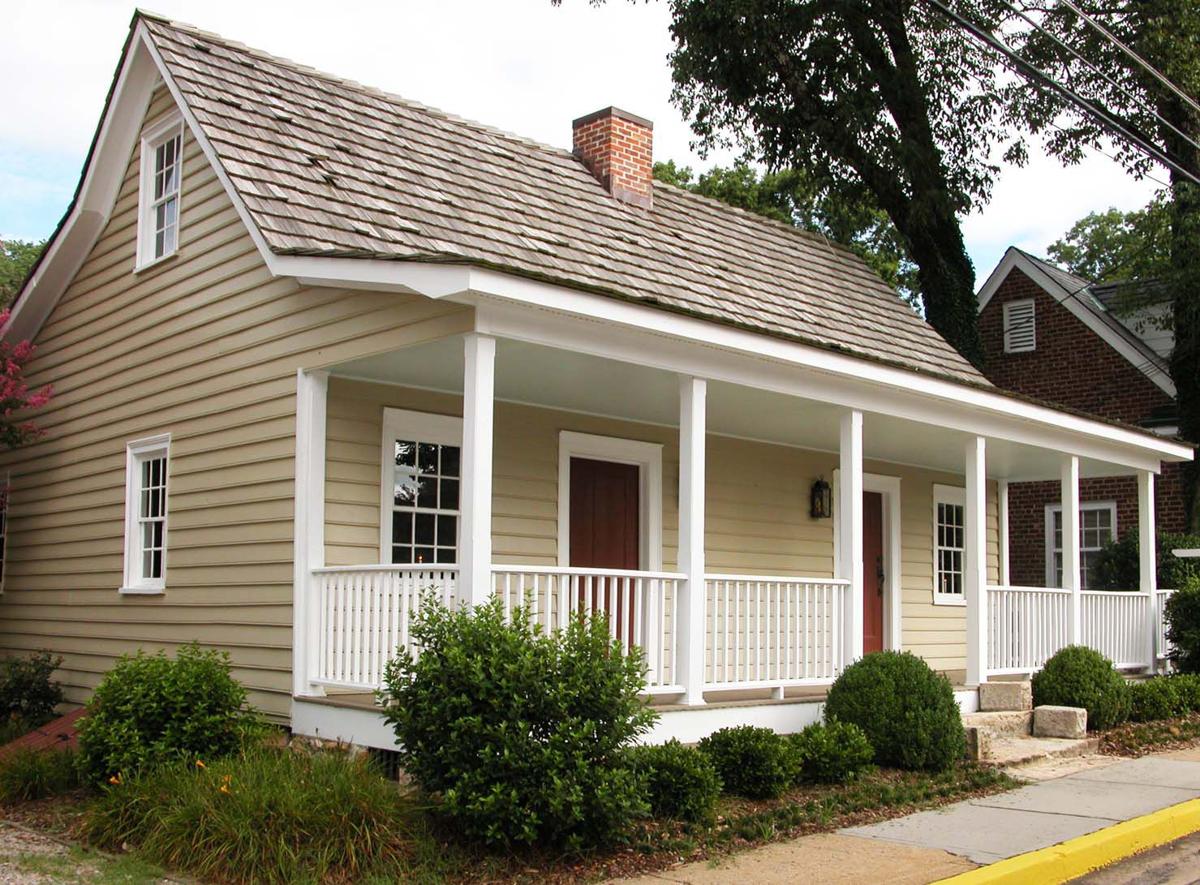

Finance
How Many Years Can You Carry Forward Residential Energy Credit
Published: January 11, 2024
Learn how long you can carry forward residential energy credit for your finances. Find out the answer and make the most of your tax benefits.
(Many of the links in this article redirect to a specific reviewed product. Your purchase of these products through affiliate links helps to generate commission for LiveWell, at no extra cost. Learn more)
Table of Contents
- Introduction
- Understanding the Residential Energy Credit
- Eligibility for Carrying Forward Residential Energy Credit
- Limitations on Carrying Forward Residential Energy Credit
- Duration of Carrying Forward Residential Energy Credit
- Examples of Carrying Forward Residential Energy Credit
- How to Claim Residential Energy Credit in Future Years
- Conclusion
Introduction
Welcome to our comprehensive guide on the topic of carrying forward the residential energy credit. This valuable tax credit is designed to incentivize homeowners to make energy-efficient improvements to their properties. In this article, we will explore what the residential energy credit is, who is eligible to carry it forward, the limitations one might encounter, the duration of carrying it forward, and examples of how it works in practical terms. We will also cover the steps homeowners need to take to claim the credit in future tax years.
The residential energy credit is one of many tax incentives available to encourage individuals to reduce their carbon footprint and save money on energy costs. It provides financial rewards for those who invest in qualifying energy-efficient equipment and improvements for their homes.
Whether you have recently made energy-efficient upgrades or are considering doing so, understanding how to take advantage of the residential energy credit can help you minimize your tax liabilities and put more money back in your pocket.
So let’s dive in and explore the ins and outs of carrying forward the residential energy credit and how it can benefit you as a homeowner.
Understanding the Residential Energy Credit
The residential energy credit is a tax incentive offered by the federal government to homeowners who make energy-efficient improvements to their primary residences. These improvements can include installing energy-efficient windows, doors, insulation, roofing, heating systems, and renewable energy systems such as solar panels or geothermal heat pumps.
The credit is designed to save homeowners money on their energy bills while also encouraging the use of renewable energy sources and reducing greenhouse gas emissions. By making these energy-efficient upgrades, homeowners not only reduce their environmental impact but also qualify for a tax credit that can help offset the initial cost of the improvements.
The residential energy credit is a non-refundable credit, meaning it can only reduce your tax liabilities up to the amount you owe. However, if you cannot use the entire credit in the year you make the qualifying improvements, you have the option to carry it forward to future tax years.
Carrying forward the residential energy credit is a great opportunity for homeowners who may not be able to fully utilize the credit in the year it is claimed. By carrying it forward, you can maximize the benefits of the credit over time and potentially reduce your taxes in future years.
It’s important to note that the residential energy credit is just one of many energy-related tax incentives available to homeowners. Other incentives include the solar investment tax credit (ITC) and various state and local tax credits, rebates, and grants. Be sure to explore all available options to make the most of the financial benefits associated with energy-efficient upgrades.
Now that we have a basic understanding of the residential energy credit, let’s move on to exploring who is eligible to carry it forward.
Eligibility for Carrying Forward Residential Energy Credit
To be eligible for carrying forward the residential energy credit, you first need to claim the credit on your tax return for the tax year in which the energy-efficient improvements were made. This means that you must have made qualifying upgrades to your primary residence and filed Form 5695, Residential Energy Credits, with your tax return.
The residential energy credit is available to homeowners who invest in specific energy-efficient improvements for their homes. These improvements must meet the requirements set by the Internal Revenue Service (IRS). Examples of qualifying improvements include the installation of energy-efficient windows and doors, insulation, roofing materials, HVAC systems, and qualifying renewable energy systems.
It’s important to note that not all energy-efficient improvements qualify for the residential energy credit. The IRS provides guidance on what specific improvements are eligible and the energy efficiency standards they must meet. Consult IRS publications or speak with a tax professional to ensure you are making the right upgrades to qualify for the credit.
In addition to making qualifying improvements, there are a few other eligibility requirements for carrying forward the residential energy credit:
- The improvements must be made to your primary residence. Second homes or rental properties typically do not qualify.
- You must be the owner of the property where the improvements are made. If you rent or lease the property, you are not eligible for the credit.
- The improvements must be made in the United States. Improvements made in U.S. territories or possessions may also qualify, depending on specific IRS guidelines.
It’s essential to keep documentation of your qualifying improvements, including receipts, invoices, and manufacturer certifications. This documentation will be necessary to support your claim and potentially carry forward the credit to future years.
Now that we understand who is eligible to carry forward the residential energy credit, let’s explore any limitations that may apply to carrying forward the credit.
Limitations on Carrying Forward Residential Energy Credit
While carrying forward the residential energy credit can be a beneficial strategy for homeowners, there are some limitations to be aware of. These limitations are designed to ensure the credit is used appropriately and within the intended scope of the program.
The most important limitation is that the residential energy credit can only be carried forward if it cannot be fully utilized in the year it is claimed. This means that if your tax liability is lower than the amount of the credit you are eligible for, you can only carry forward the remaining amount to future tax years. You cannot receive a refund for the unused portion of the credit.
For example, let’s say you make energy-efficient improvements to your home and qualify for a residential energy credit of $5,000. However, your tax liability for that year is only $3,000. In this case, you can carry forward the remaining $2,000 of the credit to future tax years. It’s crucial to accurately calculate your tax liability and the amount of the credit to ensure you optimize the benefits of carrying it forward.
Another limitation is that the residential energy credit has a lifetime maximum amount that can be claimed. As of 2021, the maximum credit amount is $500. This means that even if you have made significant energy-efficient upgrades to your home over the years, the total credit you can claim cannot exceed this limit.
Additionally, it’s important to be aware of any changes or updates to the residential energy credit program. The availability and terms of the credit can change from year to year, depending on decisions made by Congress and the IRS. Stay informed about any updates to ensure you are maximizing the benefits of carrying forward the credit.
Now that we understand the limitations on carrying forward the residential energy credit, let’s explore how long you can carry it forward.
Duration of Carrying Forward Residential Energy Credit
The duration for which you can carry forward the residential energy credit depends on the specific tax rules and regulations set by the IRS. Currently, the residential energy credit can be carried forward for up to five years. This means that if you are unable to fully utilize the credit in the year it is claimed, you have up to five subsequent tax years to apply the remaining credit amount towards your tax liabilities.
For example, if you qualify for a residential energy credit of $3,000 but your tax liability is only $2,000 in the year you claim the credit, you can carry forward the unused $1,000 to the following tax year. If you still have a remaining balance after that year, you can continue to carry it forward for up to five years until it is fully utilized or the credit expires.
It’s important to note that the residential energy credit can only be carried forward if you continue to meet the eligibility requirements. This includes owning the property where the qualifying improvements were made and using it as your primary residence. If you sell the property or it no longer qualifies as your primary residence, you will no longer be eligible to carry forward the credit.
When carrying forward the residential energy credit, it is essential to keep accurate records of the credit amounts claimed and the years to which they are carried. This will help you track the credit’s utilization and ensure you are properly applying it in future tax years. You may need to consult with a tax professional or use tax software to accurately calculate the remaining credit amounts and any potential carryforward balances.
Now that we have explored the duration of carrying forward the residential energy credit, let’s look at some examples to illustrate how it works in practice.
Examples of Carrying Forward Residential Energy Credit
Let’s take a look at two examples to illustrate how carrying forward the residential energy credit works:
Example 1:
John, a homeowner, installs energy-efficient windows and a high-efficiency HVAC system in his primary residence in 2020. The total cost of the improvements is $10,000, and he qualifies for a residential energy credit of $2,000. However, John’s tax liability for 2020 is only $1,500.
Since John’s tax liability is lower than the credit amount, he can carry forward the unused $500 to the following tax year, 2021. In 2021, John’s tax liability is $2,500, and he can apply the carried-forward credit of $500, reducing his tax liability to $2,000.
Therefore, John effectively utilizes the remaining credit by carrying it forward and reducing his tax burden in the subsequent tax year.
Example 2:
Emily, another homeowner, makes qualifying energy-efficient improvements to her primary residence in 2019, amounting to a total credit of $2,500. However, her tax liability for that year is only $1,000.
Emily carries forward the unused credit of $1,500 to the following tax year, 2020. In 2020, her tax liability is $3,000, and she applies the carried-forward credit of $1,500, reducing her tax liability to $1,500.
Since Emily still has a remaining credit balance after 2020, she can carry it forward for up to five years, as long as she continues to meet the eligibility requirements.
These examples demonstrate how carrying forward the residential energy credit allows homeowners to make the most of the credit’s benefits over time. By utilizing the credit in future tax years, homeowners can reduce their tax liabilities and potentially recoup the costs of their energy-efficient improvements.
Next, let’s explore how homeowners can claim the residential energy credit in future years.
How to Claim Residential Energy Credit in Future Years
If you have carried forward a residential energy credit from a previous tax year, claiming the credit in future years is a straightforward process. Here’s a step-by-step guide on how to claim the residential energy credit in future tax years:
- Review your previous tax returns: Start by reviewing your previous tax returns to determine if you have any carried-forward residential energy credits that have not yet been fully utilized.
- Gather necessary documentation: Collect all relevant documentation related to the qualifying energy-efficient improvements you made, such as receipts, invoices, and manufacturer certifications.
- Complete Form 5695: Use Form 5695, Residential Energy Credits, to calculate the available credit for the current tax year. The form includes specific instructions on how to report any carried-forward credits from previous years.
- Calculate the credit amount: Calculate the credit amount based on the qualifying energy-efficient improvements made during the tax year. Reduce this amount by any credits carried forward from previous years.
- Apply the credit to your tax liability: Subtract the calculated credit amount from your total tax liability for the current tax year. If the credit is greater than your tax liability, the remaining credit amount can be carried forward to future tax years.
- File your tax return: Complete and file your tax return, including Form 5695 and any other required forms or schedules.
It’s important to note that tax laws and regulations can change, so make sure to consult the latest instructions provided by the IRS and seek guidance from a tax professional if needed. They can help ensure you accurately calculate and claim any carried-forward residential energy credits.
By following these steps, you can effectively apply any unused residential energy credits from previous tax years and potentially reduce your tax liabilities in future years.
Now let’s wrap up our guide on carrying forward the residential energy credit.
Conclusion
The residential energy credit offers homeowners an opportunity to save money on energy costs while making their homes more environmentally friendly. By investing in qualifying energy-efficient improvements, homeowners can not only enjoy the benefits of reduced energy bills but also claim a tax credit for their efforts.
While the credit is non-refundable, meaning it can only be used to offset tax liabilities, homeowners have the option to carry forward any unused credit to future tax years. This allows them to maximize the benefits of the credit over time and potentially reduce their taxes in the long run.
Eligibility for carrying forward the residential energy credit requires making qualifying energy-efficient improvements to a primary residence and filing the appropriate forms with the IRS. There are limitations in terms of the credit amount and the duration for which it can be carried forward, but proper planning and documentation can help homeowners make the most of this tax incentive.
By following the necessary steps to claim the residential energy credit in future years, homeowners can effectively utilize any carried-forward credits, further reducing their tax obligations and potentially recovering the costs of energy-efficient upgrades.
It’s important to stay informed about any changes or updates to the residential energy credit program and consult with a tax professional or utilize tax software to accurately calculate and claim the credit. They can provide guidance on eligibility requirements, credit calculations, and other tax incentives that may be available.
Carrying forward the residential energy credit is a smart financial move for homeowners looking to make energy-efficient improvements to their properties. Not only does it provide financial incentives, but it also contributes to a more sustainable and energy-efficient future.
So, if you have made or are planning to make energy-efficient upgrades to your home, be sure to take advantage of the residential energy credit and explore the possibilities of carrying it forward. It’s a win-win situation for your wallet and the environment.









